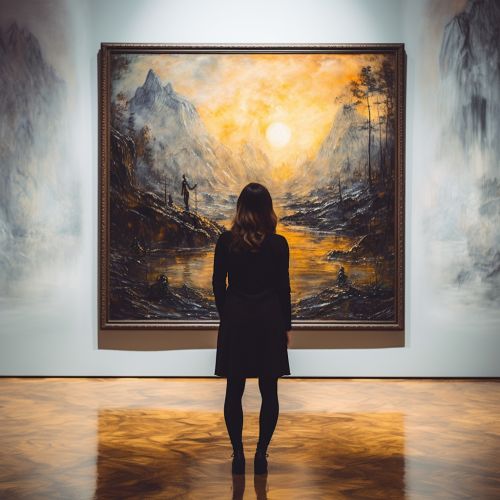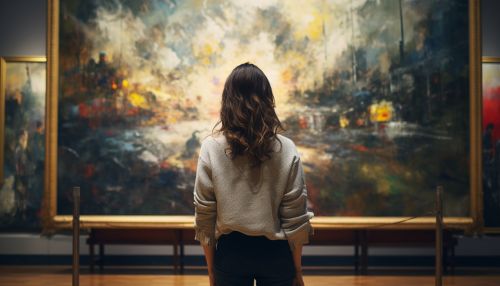Art Psychology
Overview
Art psychology, also known as the Psychology of Art, is a multifaceted field that explores the connection between art and the human psyche. It seeks to understand how art affects our emotions, our cognitive processes, and our behavior. It also looks at how our mental states influence the creation and interpretation of art. This field of study is interdisciplinary, drawing on theories and methodologies from psychology, art history, philosophy, and aesthetics.


History
The study of art psychology has its roots in the late 19th and early 20th centuries, with pioneers like Sigmund Freud and Carl Jung who explored the psychological dimensions of art. Freud viewed art as a manifestation of the artist's unconscious desires, while Jung saw it as a means of expressing archetypal symbols. Later, in the mid-20th century, the field expanded with the advent of Cognitive Psychology, which focused on how people perceive, remember, and think about art.
Theories in Art Psychology
Various theories have been proposed in the field of art psychology, each with its own perspective on how art and psychology interact.
Psychoanalytic Theory
Psychoanalytic theory, rooted in the work of Freud and Jung, posits that art is a reflection of the artist's unconscious mind. It suggests that artists use their work to express repressed desires and unresolved conflicts, which can be analyzed and interpreted through the lens of psychoanalysis.
Cognitive Theory
Cognitive theory, on the other hand, focuses on the mental processes involved in the perception and understanding of art. It explores how we interpret visual cues, how we remember and recall artistic images, and how our cognitive biases and heuristics influence our appreciation of art.
Gestalt Theory
Gestalt Theory in art psychology emphasizes the holistic nature of perception. It proposes that we perceive artistic elements not in isolation, but as part of a greater whole, and that our minds tend to organize these elements into coherent, meaningful patterns.
Phenomenological Theory
Phenomenological theory in art psychology explores the subjective experience of art. It focuses on how art evokes emotions, triggers memories, and stimulates the senses, and how these experiences shape our interpretation and appreciation of art.
The Role of Emotion in Art
One of the key areas of focus in art psychology is the role of emotion in art. This involves understanding how art can evoke a wide range of emotions, from joy and wonder to sadness and fear, and how these emotional responses influence our interpretation and appreciation of art.
Art Therapy
Art psychology also has practical applications in the field of Art Therapy. Art therapy uses the creative process of making art to improve and enhance the physical, mental, and emotional well-being of individuals. It is based on the belief that the creative process involved in artistic self-expression helps people to resolve conflicts and problems, develop interpersonal skills, manage behavior, reduce stress, and achieve insight.
